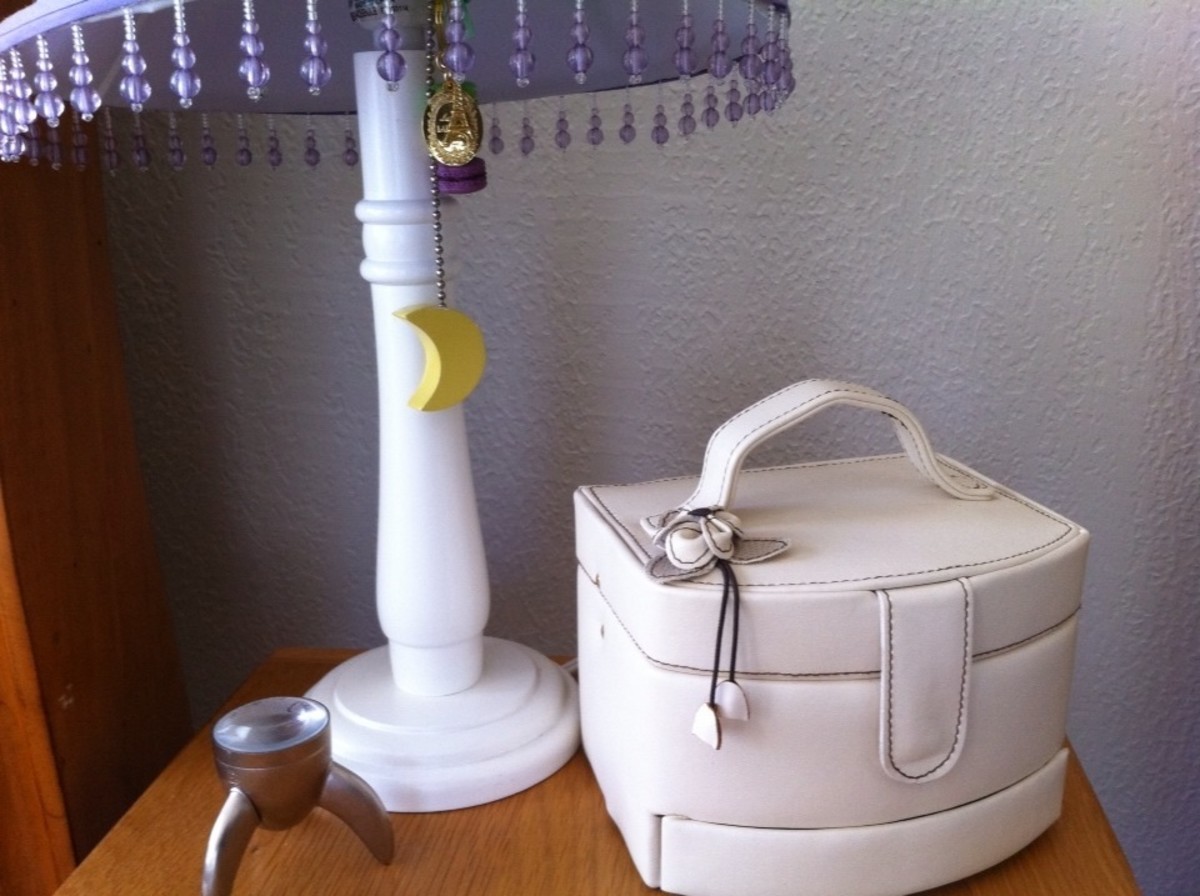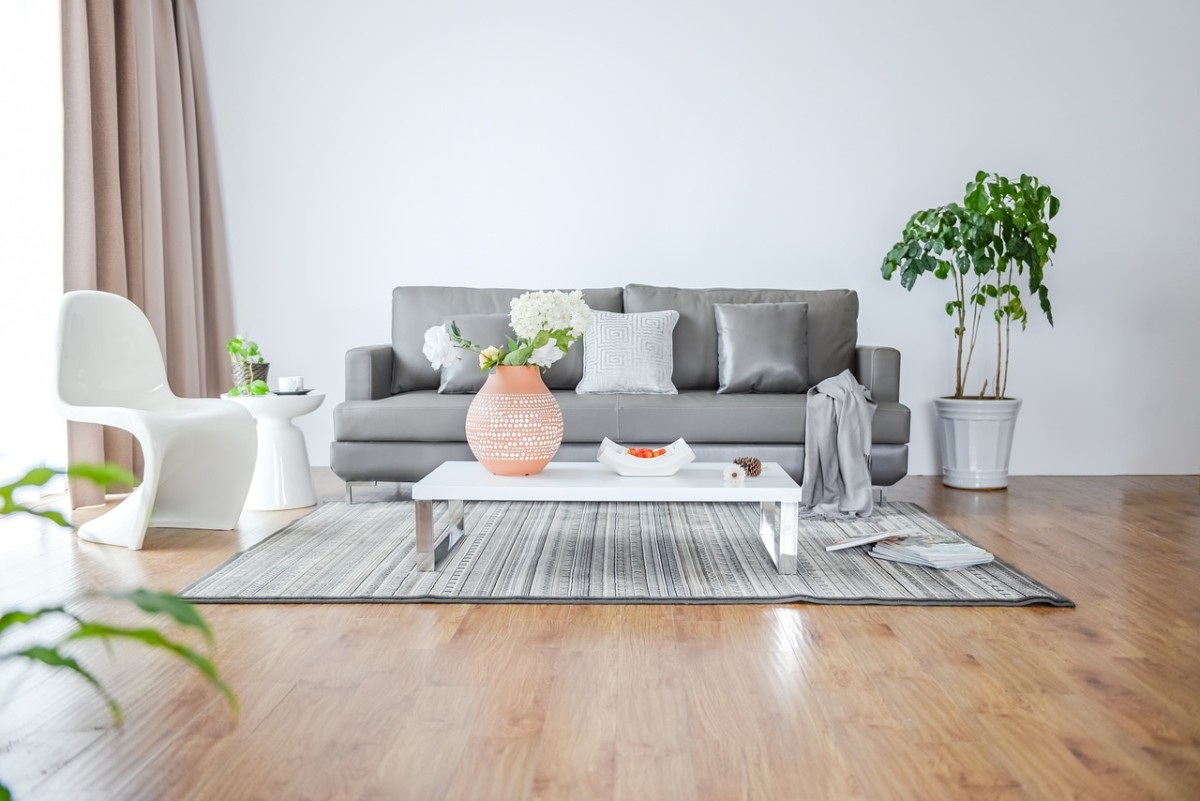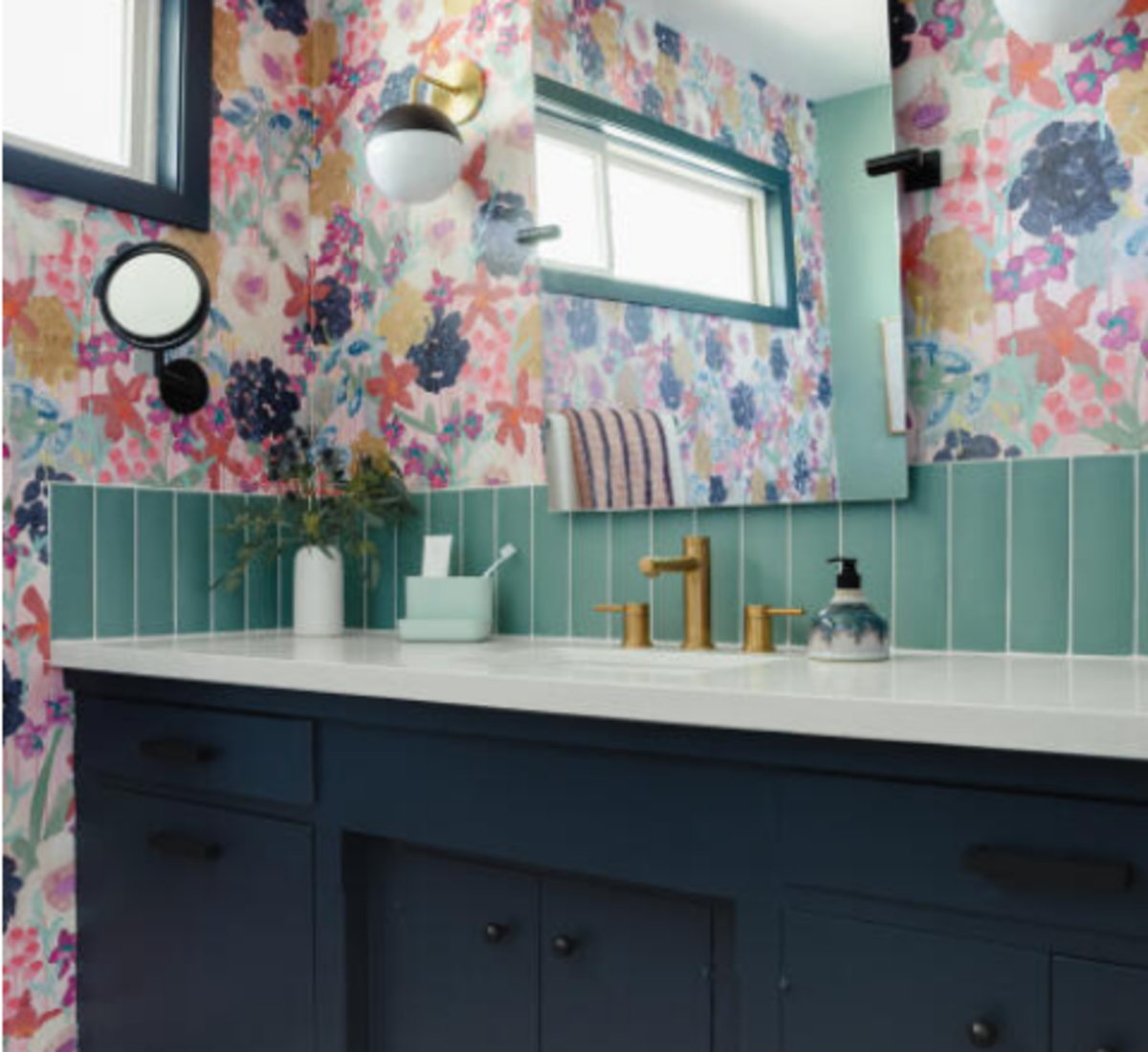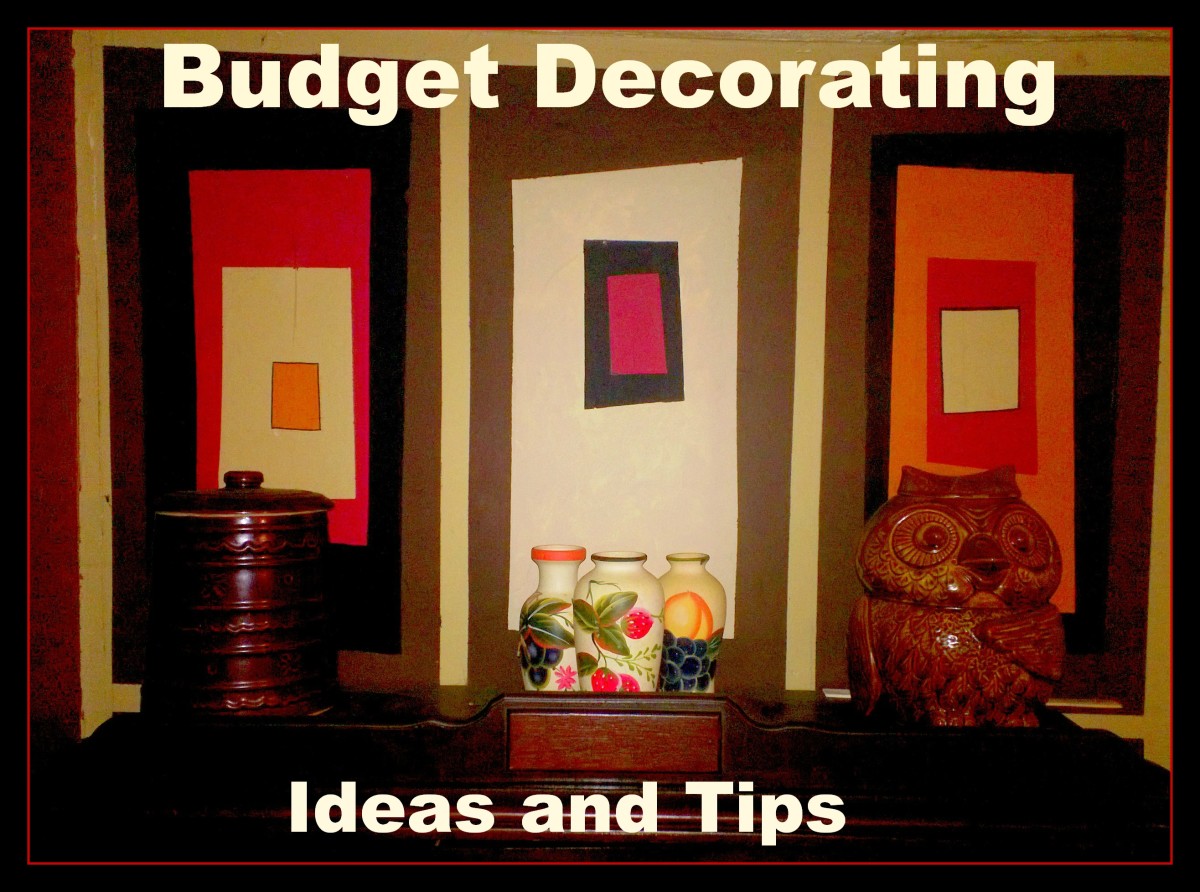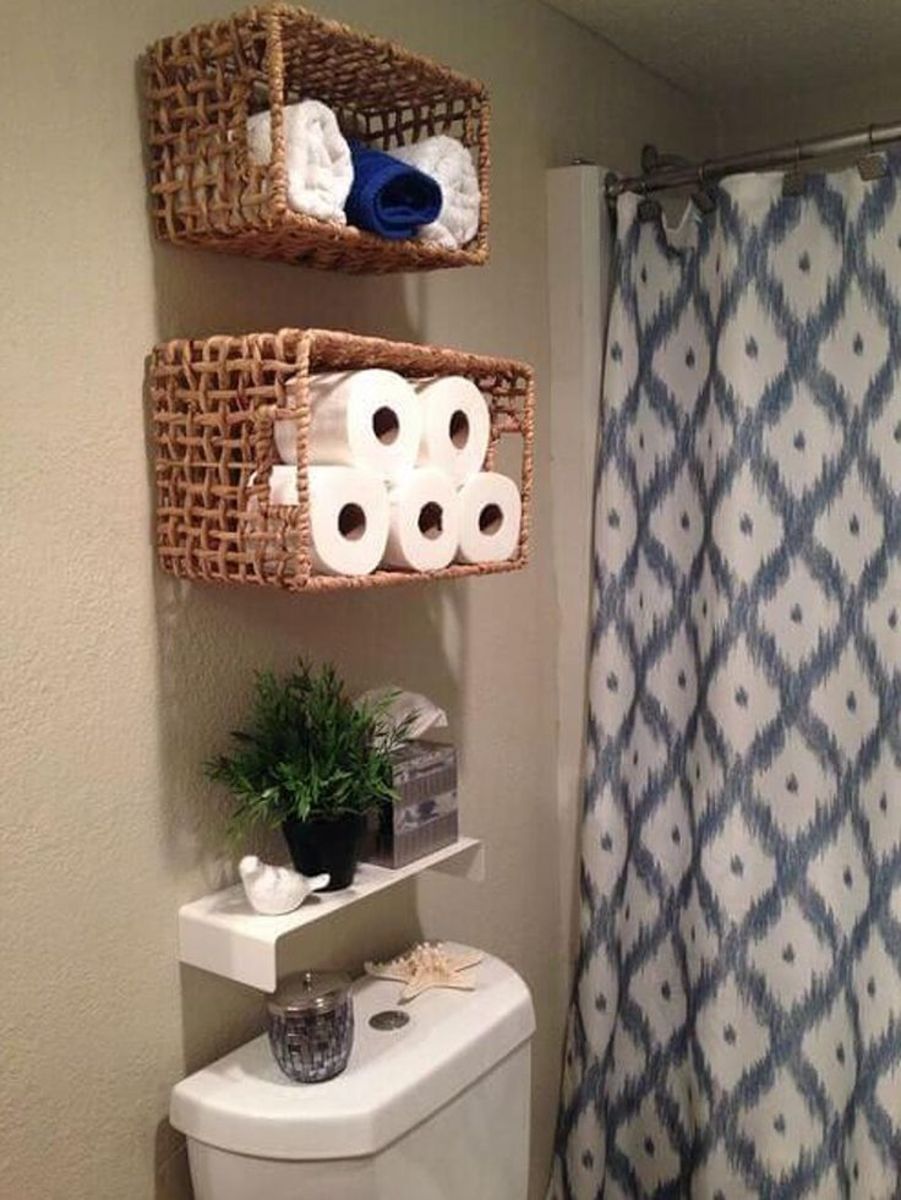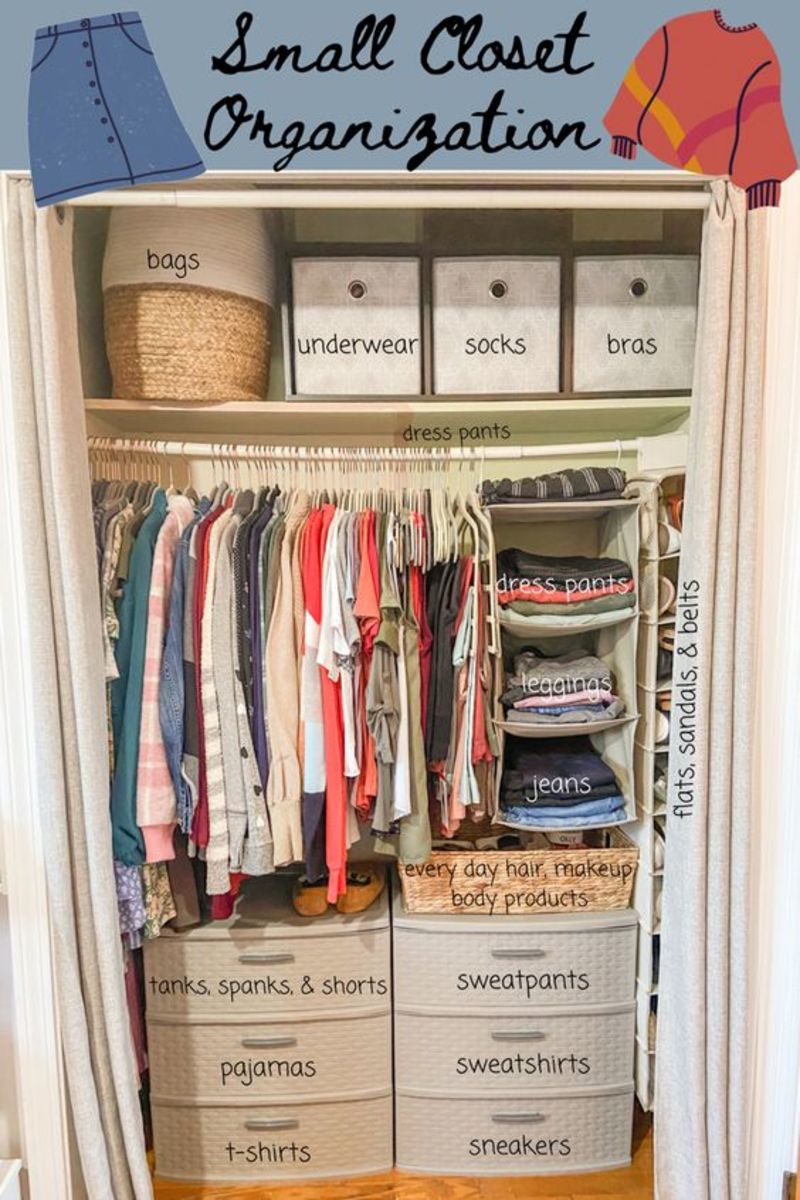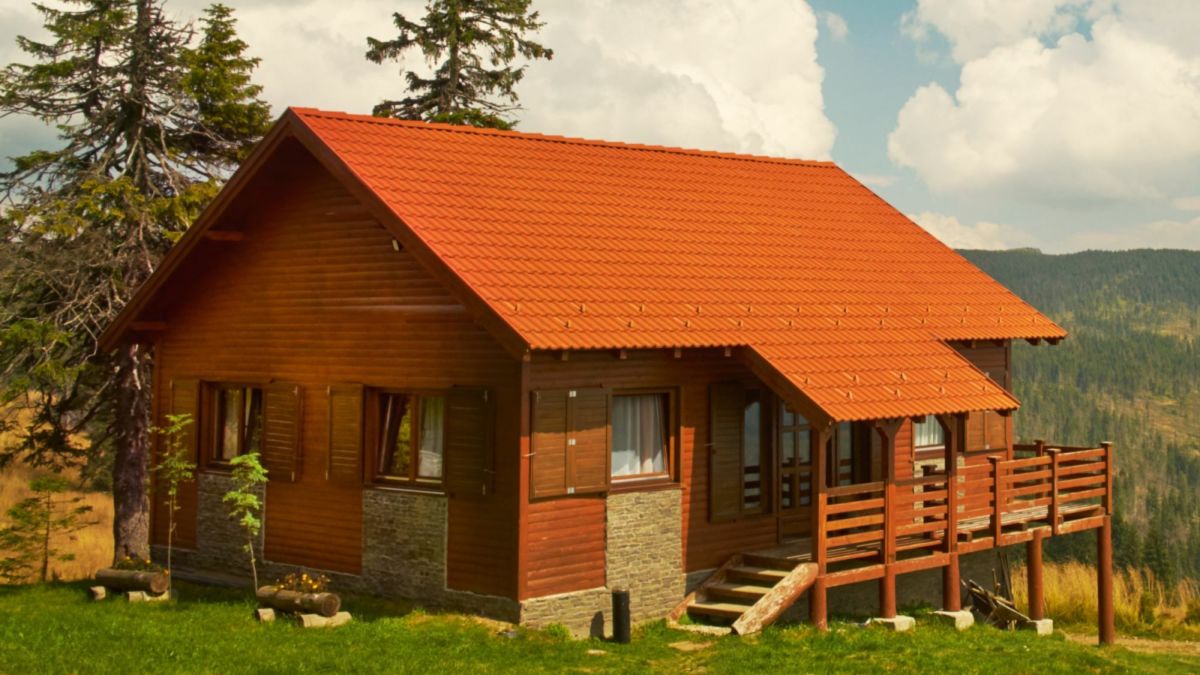Home Living: Fun and Easy Ways to Decorate A Room - A Creative Project for the Whole Family
Are you looking to liven up your furniture arrangement or add a little colour to the walls of your bedroom or living room?
Do you want to get creative?
Have you just moved into a new house and can't wait to add a few touches of your own personality to make it feel more like you; to make it feel like home?
Decorating your home, or interior decorating is something a lot of people shy away from. They think that it's going to be too expensive, and that they will need to hire an a professional Interior Decorator to do the job.
Decorating your home can be an extremely rewarding, fun and challenging experience. You can get your partner or the whole family involved. Depending on what your budget will allow for, you can focus on one room at a time, or decorate the entire house by simply adding a few dashes of colour and making a couple of small changes.
I love decorating and mixing things up at home. For me, it's almost as good as going on holiday - almost!

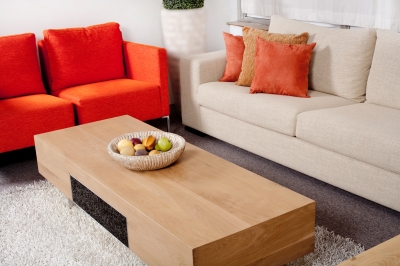

Plan, Budget and Compromise
Once you've decided to take the plunge and start decorating, get ready to spice up your interior walls, floors and whatever else you feel like switching up inside your house!
It's only natural to feel some form of excitement and adrenaline rushing through your veins when you decide to start decorating. You probably can't wait to head on to your favourite home décor store and fill up your trolley with matching throws and scatter cushions, right?
I hear you - I've been there. Sometimes, I would get ideas from magazines or from watching a home improvement show on TV and I'd get lost in a bit of a fantasy. I'd forget all reason - logic would go straight out the door. I became a bit obsessed and that's when things weren't quite so fun or exciting. But, I've learnt my lesson, I had to bump my head hard a few times and I don't make that mistake anymore!
Don't do what I've done - don't decorate on a whim! Decorating on a whim is not smart and it's definitely not entertaining. It's expensive, it's permanent and if you're living with other people - it's incredibly selfish.
When the decorating bug hits you and you can't wait to get cracking on revamping your house, remember "P&B". No, not Peanuts or Butter...but Planning and Budgeting. When you start to create your ideal interior dream from these two little words, decorating the interior of your house will come as easy as 1,2,3!


P&B - Planning and Budget
Budget and planning go hand in hand. You can't use one without the other. Before collecting any paint swatches or making any purchases - no matter how small they might be, you should be asking yourself (and your partner or family in some instances) the following questions:
- What room(s) need some attention?
- What room(s) do I or my family spend the most amount of time in?
- How long do I see this project going on for - do I want it done immediately, or can it be carried over a few months, or even a couple of years?
- How much money can we put aside for decorating right now?
- How much money can we put aside each month?
- When will we decorate - after work, over weekends or during the holidays?
- Do we have the necessary tools or equipment like paintbrushes, hammers and nails, or will these have to be purchased too?



Have you ever decorated a room in your house?
Useful Solutions to Common Problems
- Mirrors, light colours, simple furniture and plain flooring will make a small room appear bigger.
- To make a large room look smaller use dark, warm colours on the walls and/or ceiling, and use large furniture pieces.
- Paint an unattractive feature in the same colour as walls or furniture around it as a disguise.
- To make a long corridor appear more inviting, add lots of paintings, mirrors, tables and shelves along both sides. Install a focal point such as a dark colour on the wall at the end of the tunnel to make it appear shorter.
- Use vertical striped wallpaper, full-length curtains, light colours on the floor and dark colours on the wall to make a low ceiling appear higher.
- If your ceiling is too high, use horizontal striped wallpaper, include a dado rail, and use dark colours in the upper areas of the room.
Exploring the Room and its Activities
Now that you've decided what room(s) you want to start decorating, it's time to break it down a little more.
Start by drawing up a rough sketch of the first room you want to begin working on. It doesn't have to be to scale, although I would recommend trying to do this a bit later on when you start thinking about furniture arrangements.
Make sure to put in any permanent fixtures such as doorways, windows and fireplaces.
Now, make a list of all the activities that take place inside the room, as well as activities that you would like the room to be able to hold.
Decide what furniture is required for the activities, what amount of space each function is going to require (such as a reading area, games area, sleeping area, etc.), what storage requirements will be needed (bookshelves, cupboards, desks, etc.), and what the traffic flow will be like in that area.
Don't forget to ask the following questions while planning:
- Who will be using the room?
- Are pets going to be allowed in this room?
- Is it an informal or a formal room?
Once you've got your basic outline of the room sketched, and you've made a list of everything that the room will be functioning as, you can get the ball rolling with those creative ideas and let your imagination run wild!


Did You Know?
Value is the amount of lightness and darkness in a colour.
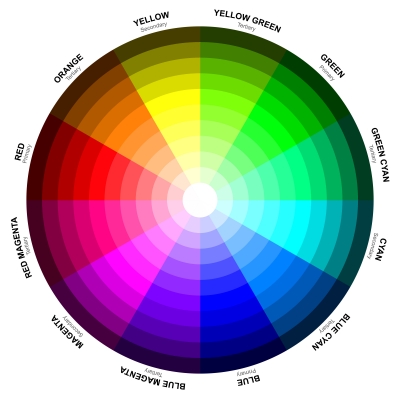
Helpful Tip
If you paint a wall darker or lighter than what you wanted, use a sponge and mix the colour with a little white (to go lighter) or black (to go darker), and sponge onto the wall.



What colour scheme do you like best?
Choosing Colour
When you decide on a colour or various colours to paint or decorate the room with, you'll need to find out two things from the rest of your family members, or people who you share the house with first, namely:
- What colours do each of them like?
- What colours do each of them dislike?
Next, decide if you will be using any light or dark colours to make the room look bigger, the ceiling higher, or any other types of interior problems you would like to have fixed.
Steps for Selecting Colour for a Room:
- Determine which direction the room is facing. Depending on your part of the world, you'll need to find out if it is a North or South facing room. One requires the use of cool colours, the other needs colours to warm up the room.
- Is there a period or mood of the room?
- Is the room used mostly during the day or at night?
- What are the colours of existing pieces of furniture and possessions you wish to keep in the room?
Next, decide what type of a colour scheme you'd like the room to have.
Types of Colour Schemes:
-
Neutral Scheme
White, cream, beige, grey, brown and black.
-
Monochromatic Scheme
Based on using one dominant colour that have variations in shades and tones and rely heavily on different types of textures.
-
Complimentary Scheme
These are colours that appear opposite each other on the colour wheel and that compliment each other.
Colours have the ability to create a number of moods within a room. Using too many dark colours can create a feeling of depression and anxiety; using various shades of white and cream will create a feeling of peace and calm, etc.
What mood do you want your room to portray?
Colours and Their Moods:
- Yellow: Cheerful, sunshine, positiveness. Warm and happy.
- Orange: Bright, warm and vibrant. Best used in small doses.
- Blue: Coolness, space and serenity. Quiet and subtle used together with white.
- Red: Strong, dashing and warm. Use sparingly with white, black and grey.
- Green: Natural, relaxing and calm. It creates a restful mood. Use with yellow or white.
- Black and White: Neutral. White is pure and highlights features, while black is sophisticated and elegant.



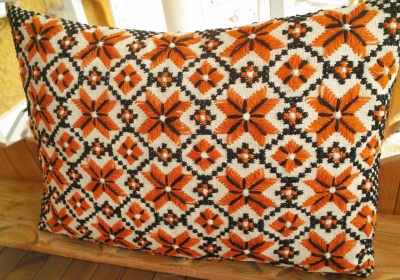

What room would you decorate first if you had the choice?
Furniture Selection and Arrangment
If your room doesn't already have a natural focal point, you should develop one. This could be an artistic painting or mural on the wall, a fireplace, an ornate window treatment or a well decorated shelving or wall unit.
Choose furniture based on the size and purpose of the room. If you are buying new furniture, take pictures of the furniture that you are keeping so that you will be able to choose items that will work well together for the room.
Now's the time to make sure that your drawing plan is to scale. You can use your rough drawing to create a drawing to scale. You will need to measure the floor, walls, windows, doorways and any permanent fixtures in the room.
Furniture Arrangement Tips:
- Remember that contrasting coloured furniture stands out more. Keep them to a similar colour if you want the pieces to blend together.
- Allow a space of between 35cm to 50cm between a coffee table and the couch or sofa.
- Allow 45cm between a bed and a wall to the side.
- Keep a space of 90cm in front of wardrobes.
- Traffic space is important to avoid the feeling of congegstion in a room. Keep 45cm walkways for smaller traffic areas, and between 1.2m and 1.5m walkways for larger traffic areas.
- Allow 90cm between the wall and a dining table with chairs, and 40cm - 50cm between each dining chair.
- Poufs, ottomans and stools make useful seating arrangments and take up little space.
- Buy pieces of furniture that can be doubled as storage units.
- Stereo equipment should be placed opposite a soft covered wall (curtains, etc.)
- Remember that upholstery fades in strong sunlight and wood can be easily damaged in humidity.



Types of Light Fittings
- Ceiling Lights are pendants, chandeliers, flourescent strips, down lighters, spotlighters and recessed spotlights.
- Wall Lights are brackets, up lighters, picture lights, strip lights or angle arms.
- Floor or Table Lights are table lamps, desk lamps, up lighters or angle-poises.
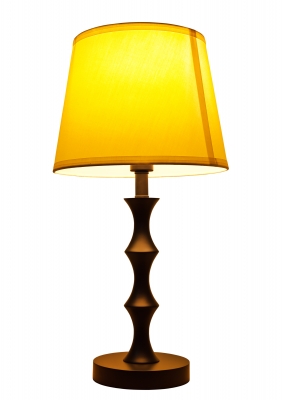
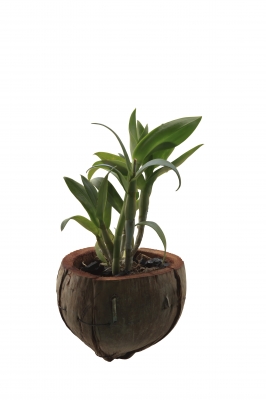
Plants
- Can be used as room dividers
- Can be fillers or be made to stand out
- Can make contrasts in height and colour together
- Can be put in pots, vases, or floating water
Lighting and Accessories
Lighting and accessories are what bring a room together; they're what complete the picture.
Lighting
Firstly, before planning any lighting treatments or buying any new lighting fixtures, it's important to read the following guidelines:
- Based on the activities of the room, what lighting is appropriate?
- What is the overall light level required? How many light fittings are required and at what wattage?
- Remember to keep a balance of lighting throughout the room.
- Are there any features you wish to highlight?
- What is the decorative style of the room? Will the fittings clash or compliment this style?
- Is the ambiance of the room seductive, dramatic or reflective? Is it a place of work, rest or pleasure?
- Is the room going to change in the future to incorporate any other activities?
- There should be a variety of light fittings in the room.
Types of Light:
NB: Always have a mixture of general, task and decorative lighting.
- Warm Light: Objects appear closer, it's cosy and flattering.
- Cool Light: Objects appear further, a sense of space and dignity is created. It's unflattering.
NB: Colour changes according to the kind of light shining on it.
Watts:
- 45 watt: Used for bedrooms, dining rooms and hall fixtures
- 60 watt: Ceiling fixtures in small rooms, such as bathrooms
- 75 watt: Outdoor lampposts or patio lights
- 100 watt: Dressing table or study lamps
- 150 watt: Intense task light for reading or storage areas
- 200 watt: Utility areas. Extremely bright
Accessories
There are hundreds of items that can be used as a way to accessorize and highlight features in a room. These are known as accessories.
Examples of Accessories:
- Plants
- Light fittings
- Decorative screens
- Paintings or posters
- Mirrors or clocks
- Books
- Sculptures or antiques
- Flowers
- Pottery or decorative bowls
Before buying plants, make sure that you have information on the following:
Space and colour of the room, humidity and temperature conditions, sources of light, room to place or hang the plants, if there are air-conditioners in the room, if heavy smokers will be using the same room, and if there are any nearby sources of heat.


Whatever your budget, whatever your theme, style or preference, decorating is an expression of your personality.
It's a way of making your house into a home.
Involving your partner or the entire family to paint and help plan layouts, buy furniture or create works of art that you can place around the room, is a wonderful project that you can do together to create everlasting memories. It's also an excellent opportunity to spend some quality time together having fun.


The Author
Melanie Chisnall is a freelance writer from Cape Town, South Africa.
She completed an Interior Decorating diploma just after high school, and enjoys decorating, creating new things and painting whenever she gets the chance.

